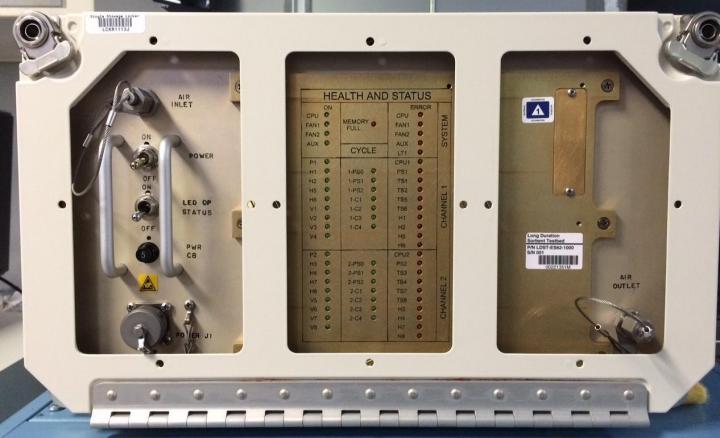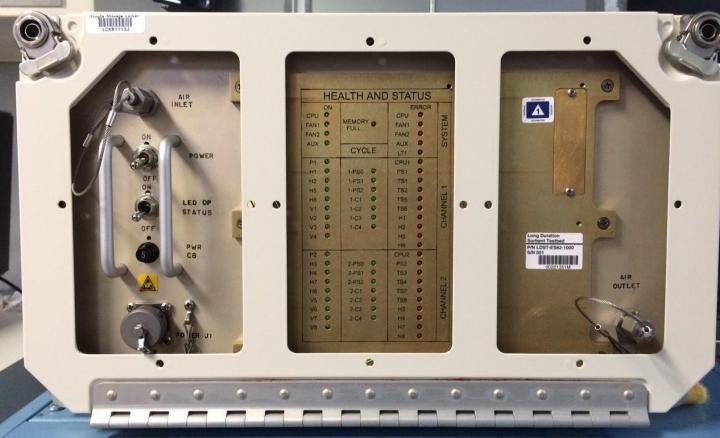
Credit: NASA
For decades, NASA engineers have been key players in the design, fabrication and testing of the equipment that keeps astronauts safe in space — on Skylab, SpaceHab and the International Space Station. Teaming with industry, they created the Environmental Control and Life Support System for the orbiting laboratory to provide clean water and air, the basic elements needed for survival.
Now a team of engineers has sent a new investigation to the station to test materials that will extend the lifespan for life-support systems on long-duration flights to Mars and beyond. When the ninth SpaceX resupply mission to the station launched July 18, it carried the Long Duration Sorbent Testbed.
"Exposure to the unique environment in the space station can change the way materials behave," said David Howard, program manager of the investigation at Marshall. "This includes what we use to filter air and water, so we need options for systems we create for the future."
The life support system on the space station currently uses a silica gel to remove humidity or water from the air, allowing another piece of hardware to more efficiently scrub carbon dioxide from the air, keeping it from becoming toxic. After a year, that gel loses up to 75 percent of its capacity to absorb water, making it necessary to replace it relatively often. As astronauts venture father out into the solar system, they will not have the benefit of frequent resupply missions, and must consider the weight and space limitations associated with packing all the supplies they might need to bring with them on the mission.
Engineers and chemists believe that the gel loses that efficiency due to the environment inside the station and the more than 200 recorded contaminants there. The station is a very closed environment. Normal offgassing of odors from plastics and personal care products remain in the cabin air instead of being diluted by the atmosphere as here on Earth. While a specialized system scrubs these contaminants, trace amounts still remain in the cabin.
"There is a complex atmosphere on the space station," said Jim Knox, an aerospace engineer at Marshall and principal investigator for the study. "The mix of environmental contaminants alone on the station is new territory for us. As we select materials for future systems, we need to know how these materials will react to those contaminants. If we can build better filters, we can cut back on the number of replacements we would send on deep-space missions and can use that space for other payloads."
This testbed will study new substances that attract and collect molecules to determine which would be most effective for use in filters on long-duration missions. The device launched with 12 different materials to expose to the station environment. These materials were selected specifically to assist with carbon dioxide removal. The "scrubbers" on the station need water removed from the air so carbon dioxide can be more easily processed along with waste hydrogen from the oxygen generator, converting two waste products into water, a precious commodity.
When the investigation is installed on the station, it will run for a year without the need for involvement from the astronauts. Ground crews will monitor it from Earth while conducting a similar experiment with the materials in the laboratory on the ground for comparison.
The Long Duration Sorbent Testbed will not only provide data on the best material for use on long journeys in space, but will also let us know how long those materials will be effective. Both are critical points when it comes to designing the spacecraft that will carry us farther into space than ever before.
###
Media Contact
Rachel Hobson
[email protected]
281-244-7449
@NASA_Johnson
http://www.nasa.gov/centers/johnson/home





